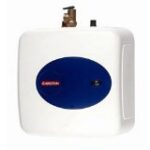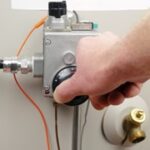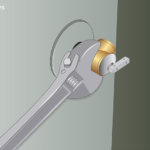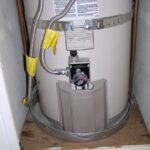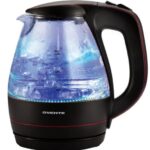Expert advice on how to speed up delivery of hot water to your faucets and showers by buying a hot water recirculating pump. Includes a discussion of types for standard water heaters, pros and cons, costs, installation advice, and more.
Do you stand shivering while waiting for hot water to reach your shower or bathroom faucets? If so, you know the frustration only too well—hot water can take forever to get there, especially if the shower or faucet is a long way from the water heater. This is because water that’s heated at the water heater has to replace all of the cold water that’s sitting in the pipes before it reaches you.
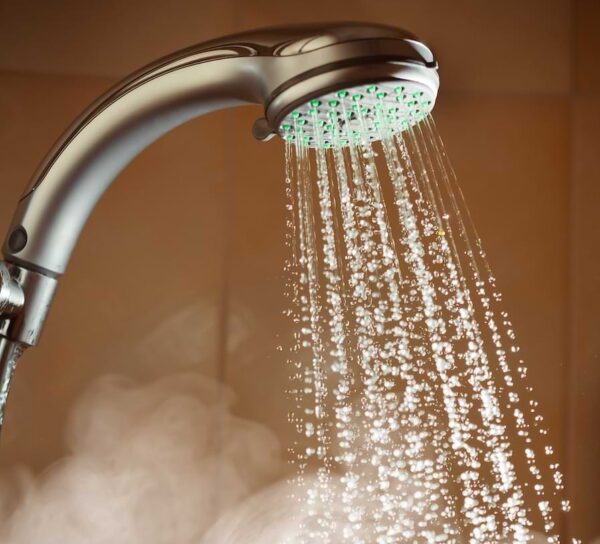
Beyond the chill and frustration, one of the biggest problems with this long wait for hot water to reach the tap is the amount of water that’s wasted. According to the National Resource Defense Council (NRDC), waiting for hot water wastes over 280 million gallons of water each day in the US!
Fortunately, there is a relatively simple solution that drastically cuts wait times and conserves water: hot water recirculation by a recirculating pump (also called a recirculating system).
A hot water recirculating pump moves hot water through the pipes so you can get almost instant hot water at all showers and fixtures.
In this article, we’ll explain how a hot water recirculation pump works, the types of hot water recirculation pumps available, the pros and cons of recirculating pumps, and installation methods.
Note: This article focuses on recirculating pumps for standard water heaters; if you have a tankless water heater, you’ll need a different type of pump that can handle the higher flow of a tankless water heater.
Types of Recirculating Pumps
Recirculating pumps send cool water that’s sitting in the hot water pipes back to the water heater to be reheated. One type of pump is installed at the water heater and another type is installed under a sink that’s furthest from the water heater. Pumps that are installed at the water heater can be set up in two different ways:
1) Traditional recirculating pumps with a return line. These pumps, installed at the water heater, require an extra dedicated return line (pipe) that runs from the water heater to the fixture furthest away from the water heater. Because of the labor and materials needed to install that return pipe, they can be costly to install, especially when retrofitting one in an existing home .
2) Recirculating pumps that don’t require a return line. These are far simpler to install. Two types are made:
- One installs at the water heater in combination with a special heat-sensitive check valve installed beneath the farthest sink.
- The other type is installed entirely under the sink that’s furthest from the water heater.
“Both kits do the same job in different ways,” says Hans Kuster, President and owner of AquaMotion, an award-winning company that has patented and produced some of the most innovative recirculation systems. He points out that the under-sink model is a good choice if you have an electrical outlet under your sink, but is slightly more expensive than the type that mounts on the water heater. He notes that the homeowner saves the $150 or so that a contractor might charge for installation because it’s easy for many DIY homeowners to install these. Both types of pumps must be plugged into an electrical outlet—so make sure power is available either under the sink or at the water heater.
On-Demand Recirculating Pumps
On-demand pumps don’t run all of the time. They only turn on when hot water is requested. This is a very smart improvement to traditional pumps that are always on, because on-demand pumps minimize energy waste, resulting in lower energy bills. When a flow sensor or a pressure sensor detects that hot water is turned on or that the water temperature has dropped below a certain temperature, the sensor valve turns on the pump. Then the pump circulates hot water to the fixture. When hot water arrives at the fixture, the pump automatically shuts off until it is triggered again. The purchase price of on-demand pumps typically runs $300 to $800 or more, depending on the brand and features.
Timers are a key part of on-demand recirculation systems. With these, a timer (a feature that is built-in to some pumps) turns the pump on during specific times of the day when you want hot water available immediately. Timer-based control makes the most sense if you have a predictable hot water demand schedule.
Pros and Cons of Recirculating Pumps
Recirculating pumps have a few key advantages. The top ones are that they:
- Reduce water waste. With a recirculating pump, hot water is delivered to fixtures quickly, reducing the amount of water wasted while waiting for hot water to arrive.
- Improve comfort and convenience. Because recirculating pumps send hot water more quickly to faucets and showers, they reduce the risk of someone accidentally turning on only the hot water tap and being scalded by the water.
- Save energy. While recirculating pumps do slightly increase energy consumption, the energy savings from reduced water waste usually outweighs this added energy consumption. This is particularly true for on-demand pumps that only activate when hot water is requested.
Are there any downsides? Not really, but here are a few things you should be aware of:
- Installation costs. The cost of installing a traditional recirculating pump can be significant, particularly for homes with complex plumbing systems. The type of pumps shown here, however, are very easy to install.
- Noise. Some recirculating pumps can be noisy when operating, so choose quiet models, especially f you plan to install the pump close to a bedroom or living room. A high-quality pump will have a low-decibel (dB) rating— 20–30 dB is considered quiet.
- Energy consumption. A recirculating pump will slightly increase energy consumption because the pump runs on electricity. More about this below.
How Much Do Recirculating Pumps Cost to Operate?
The energy cost of running a recirculating pump depends on several factors such as the pump’s power consumption, how much you run it, and the cost of electricity in your area. Hans Kuster, from AquaMotion, points out that, because the pump runs 3 to 4 times an hour when on a timer, “the annual electricity cost to run the pump is about $5 a year.”
The wattage of recirculating pumps varies depending on the specific model and manufacturer. However, most traditional recirculating pumps range from 75 to 250 watts, while on-demand pumps typically range from 25 to 100 watts. Note that the wattage may also depend on the flow rate and head pressure required for a specific plumbing system. Check the manufacturer’s specifications to determine the wattage.
To calculate the energy cost per hour, you can multiply the pump’s wattage by the cost of electricity per kilowatt-hour (kWh) in your area. (Call your utility company or examine your electric bill to determine this.) For example, if your pump uses 100 watts of power and your electricity rate is $0.15 per kWh, then the cost to run the pump would be $0.015 per hour (0.1 kW x $0.15/kWh = $0.015). Also ask your local utility company whether they offer incentives or rebates for installing energy-efficient recirculating pumps.
How to Get a Recirculating Pump Installed
Recirculating pumps can be installed by licensed plumbers or, in the case of the on-demand pumps shown above, by handy DIY homeowners or by a handyman or handywoman.
If you hire a plumber, ask:
- Are you licensed and insured?
- Have you installed recirculating pumps before?
- What type of recirculating pump do you recommend for my home based on my hot water usage patterns and my home’s plumbing system layout?
- What is the estimated cost of the installation, including materials and labor?
- What kind of warranty or guarantee do you offer on the pump and installation work? Typically, manufacturers will offer a warranty on the pump’s parts and workmanship, with the length of the warranty varying from 1 to 5 years. In addition, some plumbers or HVAC technicians may offer a separate warranty or guarantee that covers any issues that arise due to faulty installation.
- How long will the installation process take, and will there be any disruption to my water or other utilities during installation?
By asking these questions, you can be sure you’re hiring a qualified and experienced professional to install your recirculating pump—and that the installation will be done correctly and safely.
Conclusion
Installing a recirculating pump is a game-changer for homeowners seeking the convenience of instant hot water with the added benefit of water conservation.
If you have any questions or want to share your experience, we’d love to hear from you. Leave a comment below and let’s start the conversation! For additional resources and professional assistance, feel free to reach out to our trusted plumbing partners.



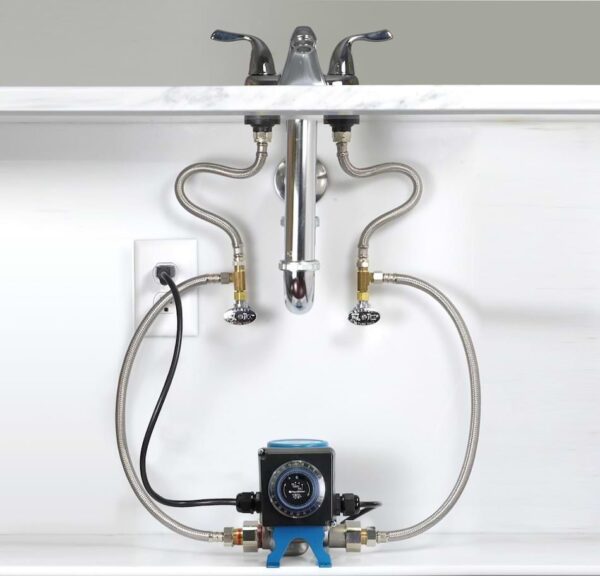
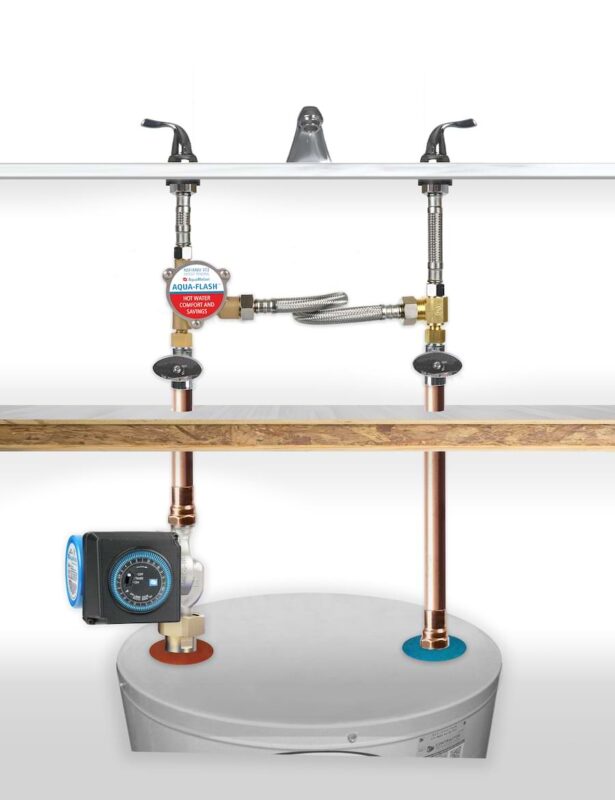
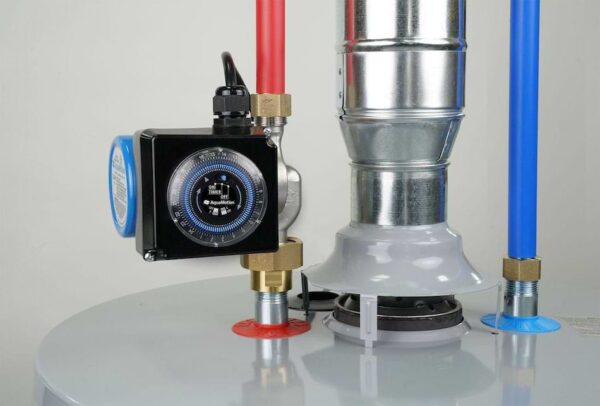


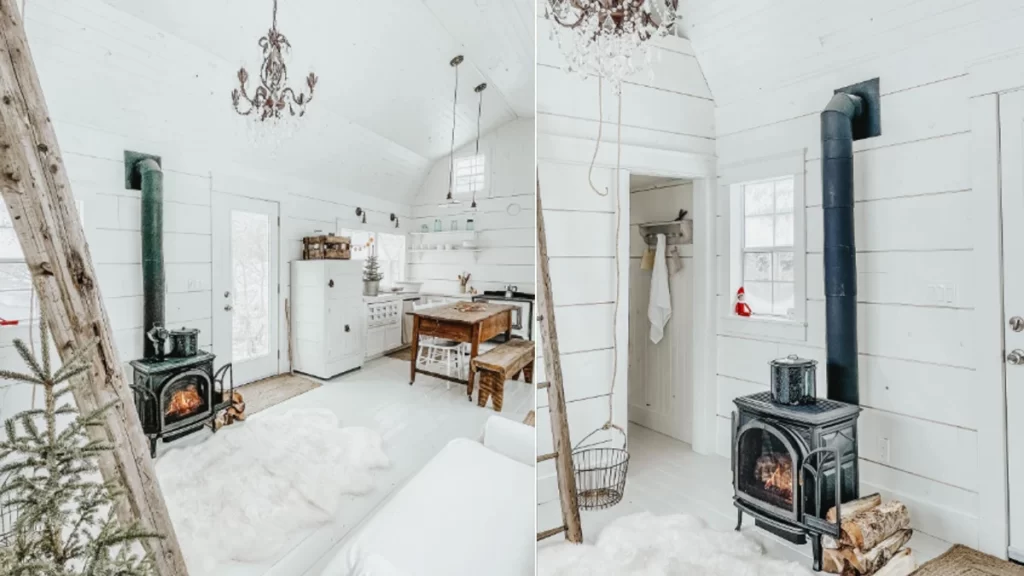

 Don Vandervort writes or edits every article at HomeTips. Don has:
Don Vandervort writes or edits every article at HomeTips. Don has:
